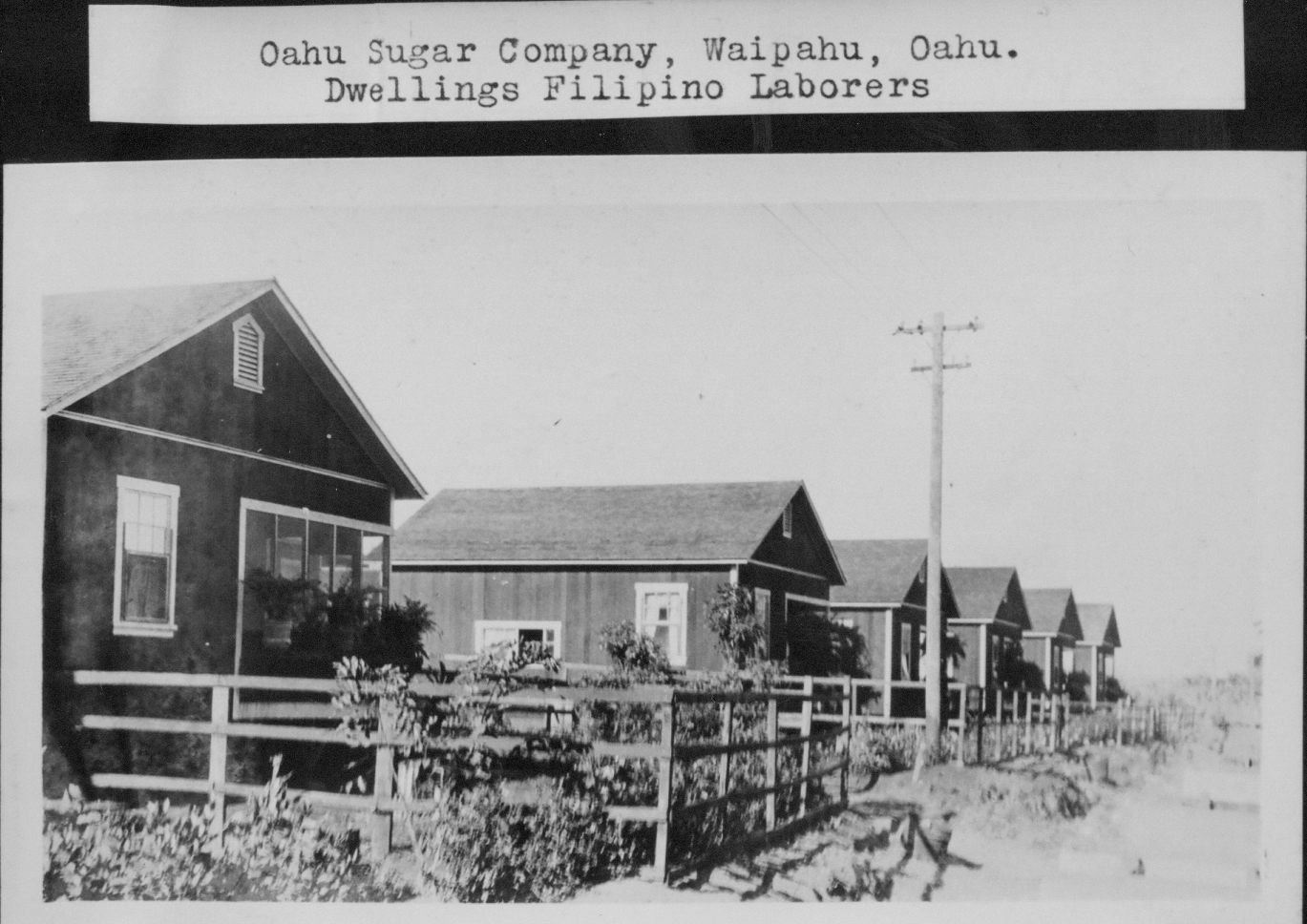Jay P Graves, son of John James Graves (who made his fortune in mining, streetcar and railroad on the continent) purchased about 1,000-acres of land in 1904 and started Waikīkī Ranch.
Like others with means in the day, he built a mansion; it was designed by architect Kirtland Cutter. The Olmstead Brothers of Boston designed the gardens and water system, and the interiors were done by Elsie de Wolfe, America’s first well-known decorator.
Graves wanted the mansion to have a joyous atmosphere, which significantly influenced the Cutter design. The house has beautiful oak and maple floors, and unique molded-plaster ceilings.
Newspaper accounts note that a construction camp had been established on the property for the 25-100 workmen who were engaged in construction of the mansion. The camp was complete with a bunkhouse, commissary and mess tent.
The 23-room mansion and a number of smaller buildings were constructed at a cost of approximately $175,000 for construction and furnishings in 1911-1913.
Waikīkī Ranch had its own water system, which included a storage system of 100,000-gallons, as well as its own hydro-electric system, which provided all of the electrical requirements.
The beautiful staircase featured rare tigerwood and benches to sit. The one-piece carved alabaster light fixture was of exceptional size and typical of Cutters details; leaded glass was throughout the home.
For nearly twenty-five years Graves continued to make additions and alterations to the property, often with Cutter designs.
The Graves entertained many of the nation’s financial leaders and even royalty. Prince Albert, later King Albert of Belgium, was a visitor.
Waikīkī Ranch was said to have had the largest herd of thoroughbred Jersey Cattle in the Pacific. The dairy was well known throughout the world with breeding stock shipped as far away as China.
The Jersey was bred on the British Channel Island of Jersey. It apparently descended from cattle stock brought over from the nearby Norman mainland, and was first recorded as a separate breed around 1700.
Adaptable to hot climates, these are smaller cows are a popular breed due to the ability to carry a larger number of effective milking cows per unit area due to lower body weight, hence lower maintenance requirements and superior grazing ability (also the high butterfat content of its milk.)
The Waikīkī Dairy, founded in 1914, had its own special bottling, with bottles printed with brilliant red lettering around the bottom: “For the exclusive use of Waikīkī Dairy”.
In 1936, the mansion and remaining ranch property was sold to Mr. & Mrs. Charles E. Marr for $175,000. The Graves moved to Pasadena, California.
OK, before you exhaust yourself racking your brain trying to figure out where this 1,000-acre dairy/ranch was in Waikīkī … it wasn’t in Hawaiʻi, it was in Spokane, Washington.
But there are Hawaiʻi ties to the place.
Obviously the name, Waikīkī Ranch, is one. Graves had visited Waikīkī and noted the meaning of its name, ‘spouting waters.’ Since the ranch had 24-natural springs, Graves thought it an appropriate name for his property.
There’s more.
Lots of Hawaiʻi students go to college on the former ranch property.
Gonzaga University purchased the Waikīkī Mansion and 9-acres of land in 1964 for $500,000 with the intention of using it for retreats and other events.
In 1983, the Waikīkī mansion was renamed the Bozarth Mansion and Retreat Center in honor of area wheat farmer, Horace and Christine Bozarth, who gave a substantial gift to renovate the mansion and pay off the remaining debt.
Gonzaga students formed the Hawaiʻi-Pacific Islanders Club and host an annual lūʻau for students and area residents. Another Spokane school has Waikīkī Ranch ties; the ranch originally included the land on which Whitworth University is presently located.
Follow Peter T Young on Facebook
Follow Peter T Young on Google+
Follow Peter T Young on LinkedIn
Follow Peter T Young on Blogger


































































